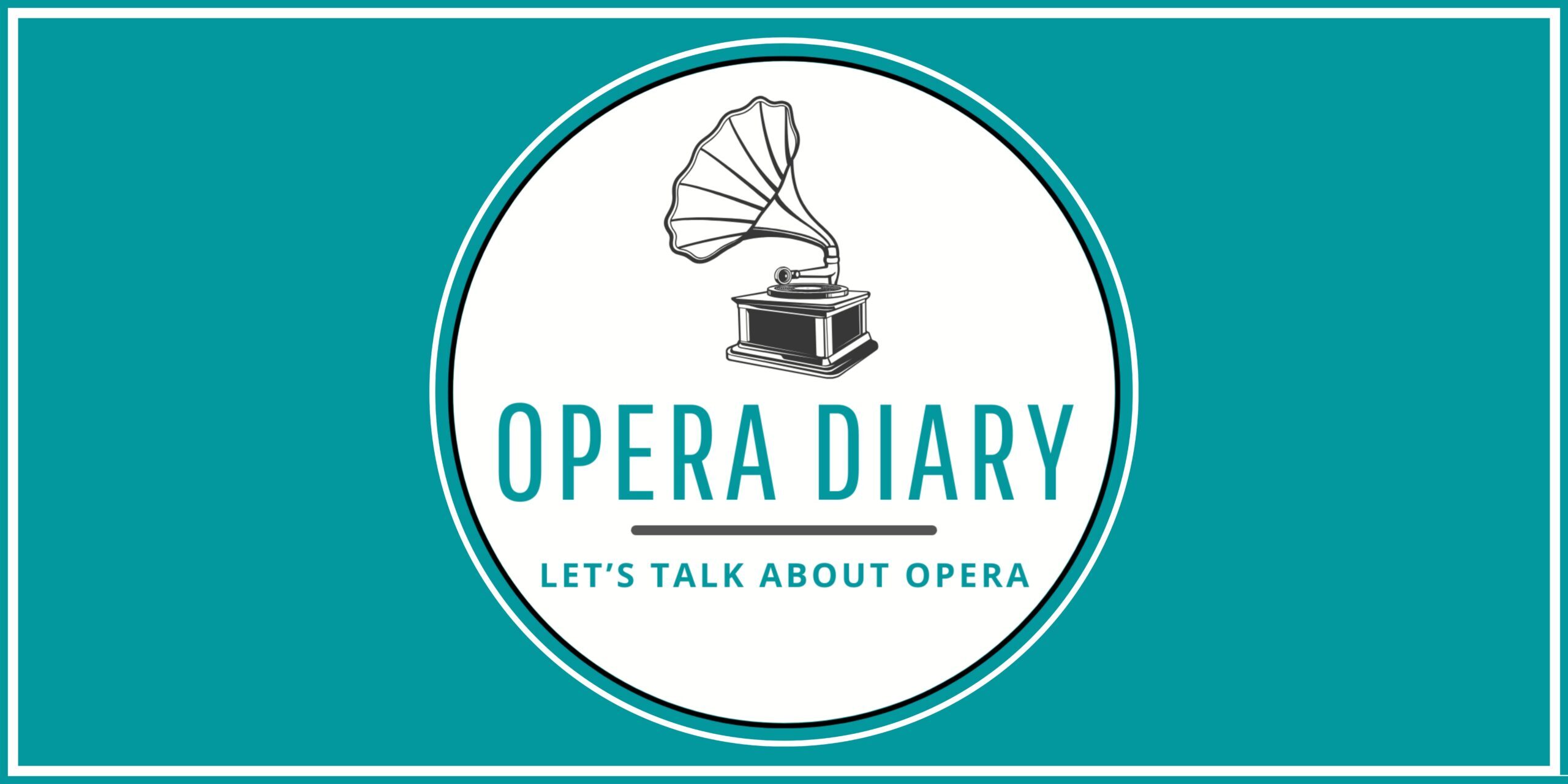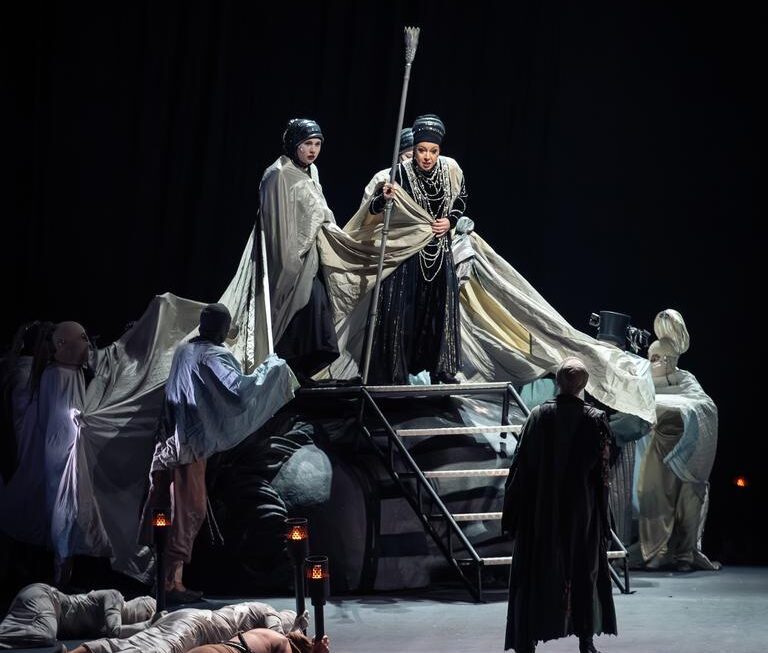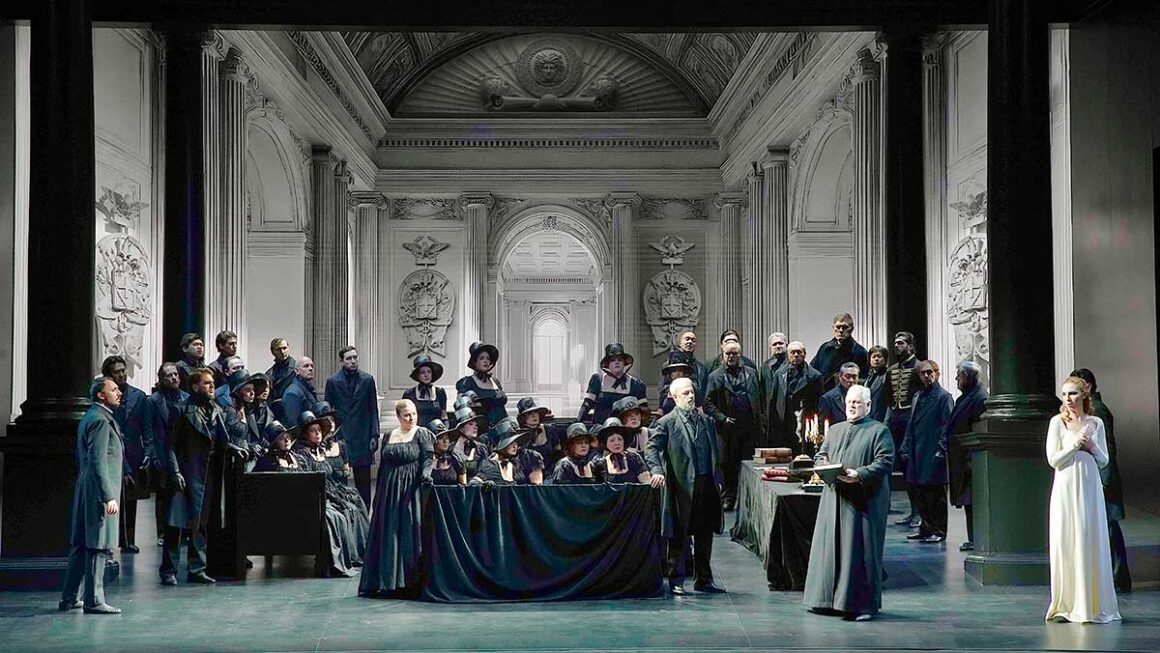Wie schön ist die Prinzessin Salome heute Nacht!
Since its first performance in Dresden on 9 December 1905, the opera Salome has shocked the musical world; first of all the scabrous subject, taken from the homonymous drama by Oscar Wilde, faithfully translated into German. And then the music, sensual and decadent, with an extraordinary symphonic orchestration that culminates with the famous Dance of the Seven Veils, fully twentieth- century in its evocation of oriental and barbaric sounds. It was Puccini with his Tosca who inaugurated the 20th century, a century that will see amoral and perverse heroines as protagonists on the stage, so different from the great nineteenth-century creatures, as can easily been seen comparing Verdi’s Violetta to Alban Berg’s Lulu. Salome, 120 years later, continues to be a great success and to arouse the emotion and enthusiasm of the public, overwhelmed by its amazing music and refined orchestration.
Fertile ground also for directors, who in its dramaturgy and in its formidable libretto, find space for every possible interpretation and psychoanalytic digression: Salome is the story of a very young girl, lusted after by her stepfather Herod, that falls in love with the prophet John the Baptist (Jochanaan) and in the finale of the opera flirts with his severed bloody head, after having stripped herself of the veils in a wild erotic dance. Directors can find ingredients for all tastes, in a work written in the age of Freud: incest, pedophilia, necrophilia.

For these performances, the San Carlo theater is taking up a 2014 production by the Alto Adige director Manfred Schweigkofler, which adds or takes away nothing from what has been seen in recent years on the main Italian stages (Michieletto, Barry Kosky and company). On stage, only a staircase leading to Herod’s palace and a mirror above that reflects what is happening on the scene, and some props of Middle Eastern inspiration; very beautiful costumes by Daniela Ciancio, made brand new for this revival, also of Eastern inspiration and from various historical periods.
Herod, according to what is reported in the director’s notes, is a rich Trumpian, a Russian billionaire, Salome is a girl who discovers the male body for the first time. The dance of the seven veils, “croce e delizia” of every production, is performed with the help of seven dancers, one for each veil, while the protagonist remains on the sidelines.
From a musical point of view, things are certainly better; as per tradition of the just finished Lissner era, the singers are among the most important in the Straussian repertoire. Above all, in the title role we find Ricarda Merbeth, who had triumphed a few months ago on the same stage in the terrible role of Elektra. Merbeth’s interpretation finds its strong point in the security and brilliance of the high register, with an authentically Straussian silver timbre, and a vocal interpretation that looks more to Caballé than to Nillson. The role that engages the soprano for almost two consecutive hours is among the most arduous, and Merbeth emerges triumphant in particular in the long final monologue with Jochanaan’s head. Furthermore, the fact that she is a native speaker allows her to interpret the Straussian declamation word for word; to this end, it is worth remembering how, despite a low register that is not very sonorous, the famous phrase repeated many times, “Ich will den Kopf des Jochanaan”, is sung with great expressiveness and intensity. Lioba Braun’s Herodias, on the other hand, is in great difficulty, lacking the vocal weight necessary to fully portray the protagonist’s hysterical mother.
The male side is very good: Brian Mulligan’s Jochanaan has a beautiful dark baritone voice, suitably dark and thunderous from the cistern and determined in scornfully rejecting the protagonist’s advances. Charles Workman is a Herodes who easily overcomes the difficulties and terrible high notes of the part, including the one that closes the opera “Man töte dieses Weib”. The singer avoids playing an excessively grotesque and caricatural Herod, thus sometimes penalizing Straussian musical writing. John Findon’s Narraboth is excellent, right from the opening phrase with a very incisive declamation; the page by Štěpánka Pučálková has beautiful timbre and phrasing.
Overall good is the conduction of Dan Ettinger, musical director of the San Carlo, who captures the barbaric and telluric aspects of the magnificent Straussian score, with sounds that are at times excessive but fully twentieth-century to the detriment of the more sensual and coloristic aspects of the play.
The theater was almost sold out and all the performers were warmly applauded.
CAST:
Herodes: Charles Workman
Herodias : Lioba Braun
Salome: Ricarda Merbeth
Jochanaan: Brian Mulligan
Narraboth: John Findon
Ein Page der Herodias: Štěpánka Pučálková
Erster Jude: Gregory Bonfatti
Zweiter Jude: Kristofer Lundin
Dritter Jude: Sun Tianxuefei
Vierter Jude: Dan Karlström
Fünfter Jude: Stanislav Vorobyov
Erster Nazarener: Liam James Karai
Zweiter Nazarener: Žilvinas Miškinis
Erster Soldat: Alessandro Abis
Zweiter Soldat: Artur Janda
Ein Kappadozier: Giacomo Mercaldo
Ein Sklave: Vasco Maria Vagnoli
Conductor: Dan Ettinger
Staging: Manfred Schweigkofler




